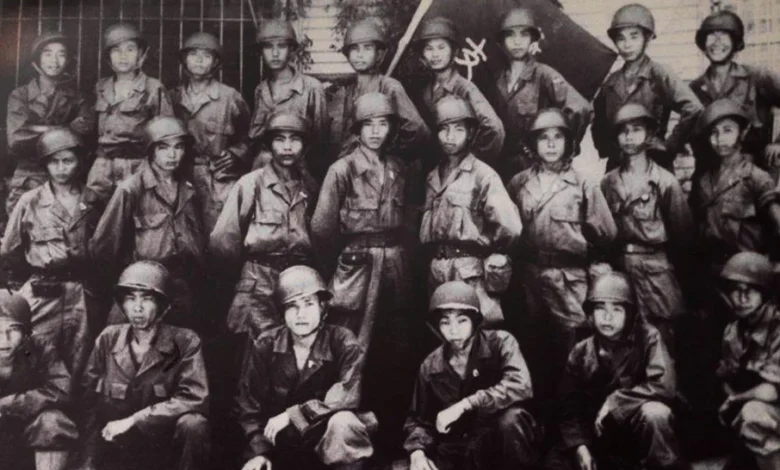
Wha-Chi Battalion: Chinese Warriors Who Defended the Philippines
During World War II, the Philippines witnessed the emergence of a remarkable resistance group known as the Wha-Chi Battalion. Comprising primarily Chinese-Filipino youth, this battalion played a pivotal role in the guerrilla warfare against Japanese occupation, showcasing unwavering dedication to their adopted homeland.
Origins of the Wha-Chi Battalion
The seeds of the Wha-Chi Battalion were sown in December 1941 when the United Workers Union in Manila resolved to establish a resistance group to combat the Japanese invasion. This initiative led to the formal establishment of the Wha-Chi on May 19, 1942, in Mandili, Candaba, Pampanga. The battalion, also known as the Philippine-Chinese Anti-Japanese Guerrilla Forces or Squadron 48, began with a modest arsenal of seven rifles. Despite these limited resources, they collaborated closely with local Filipino guerrilla groups, pooling efforts to amass more weapons and strategize their operations.
Key Contributions and Operations
The Wha-Chi Battalion’s operations spanned across 14 provinces in Luzon, engaging in over 200 battles and inflicting more than 2,000 casualties on enemy forces. Their guerrilla warfare tactics included hit-and-run attacks, sabotage missions, and intelligence gathering. Notably, they formed alliances with groups such as the Hukbalahap—a communist guerrilla movement formed by Filipino farmers—and the American forces, thereby strengthening their combat effectiveness.
One significant operation was the liberation of Santa Cruz, Laguna, on January 26, 1945. In a joint effort with the Hukbalahap, the Wha-Chi Battalion successfully freed the town from over 200 Japanese troops and the Philippine Constabulary. The intense battle, which lasted from morning until evening, culminated in the guerrillas setting the church’s bell tower ablaze, signaling a decisive victory.
READ: Nieves Fernandez: The Deadliest Teacher of World War II
Challenges and Legacy
Throughout their resistance, the Wha-Chi Battalion faced numerous challenges, including harsh treatment from Japanese forces who were particularly suspicious of the ethnic Chinese community. Despite these adversities, the battalion grew to approximately 700 members by the end of the war. Their efforts were instrumental in the liberation of several towns and provinces, significantly contributing to the overall war effort in the Philippines.
After the war, many Wha-Chi veterans quietly reintegrated into civilian life, with their heroic deeds largely unrecognized in mainstream historical narratives. In recent years, however, there has been a concerted effort to honor their contributions. Monuments have been erected, such as the one in Santa Cruz, Laguna, commemorating their bravery. The Wha Chi Descendants Association continues to preserve and promote the legacy of these unsung heroes, ensuring that future generations remember the sacrifices made for the nation’s freedom.
The story of the Wha-Chi Battalion exemplifies the profound impact of unity and resilience in the face of adversity. Their unwavering commitment to the Philippines during its darkest hours serves as a testament to the enduring bond between the Chinese-Filipino community and the broader Filipino society. As we reflect on history, it is imperative to acknowledge and honor the valor of these fighters who stood steadfast against oppression, embodying the true spirit of patriotism.
